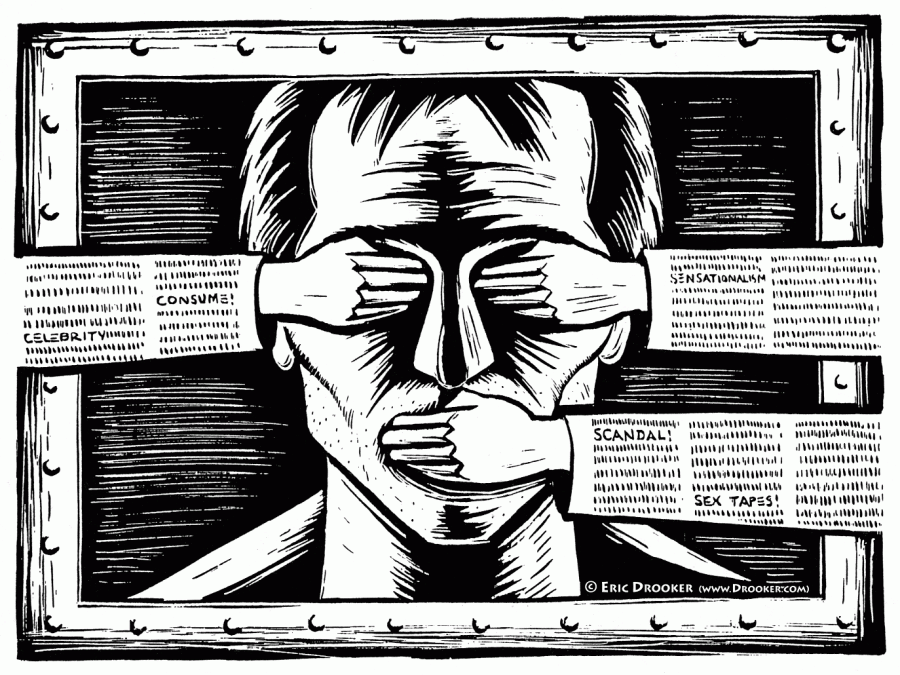Photo-Controversy
December 21, 2016
On Monday December 19th, 2016, editors at The New York Times decided to publish a rather controversial image on the publication’s home page, upsetting a variety of frequent subscribers. The published photograph featured a gunman dressed in suit and tie, standing beside a deceased Russian ambassador whom the gunman had killed. Personally, I believe that displaying this supposedly offensive image to the public was both justified and necessary. Although The New York Times often avoids publicizing images that may be unpleasant to readers, editors at the newspaper observed the significance of this event and were eager to exploit the shocking nature of the attack. Throughout history, images have always served as a more powerful representation of specific conflicts than mere speculation-based articles. Also, the image of the gunman standing next to the dead ambassador does not present blood or gruesome content that may potentially harm viewers, thus substantiating its appropriateness. People in modern society have grown too accustomed to having their fragile needs met, and as a nation we have succumbed to abstaining from contentious material. This, however, is not an effective way of operating, and New York Times editors have made it their responsibility to take a more pragmatic approach when addressing the severity of the gunman’s recent assault. Ultimately, I believe that The New York Times was functioning entirely within ethical confines when it decided to make the aforementioned photograph a front-page image. Visual imagery is much more effective in conveying the importance of a particular situation than writing, and although publications must be frugal when deciding what images to present, they should not shy away despite inevitable backlash.


